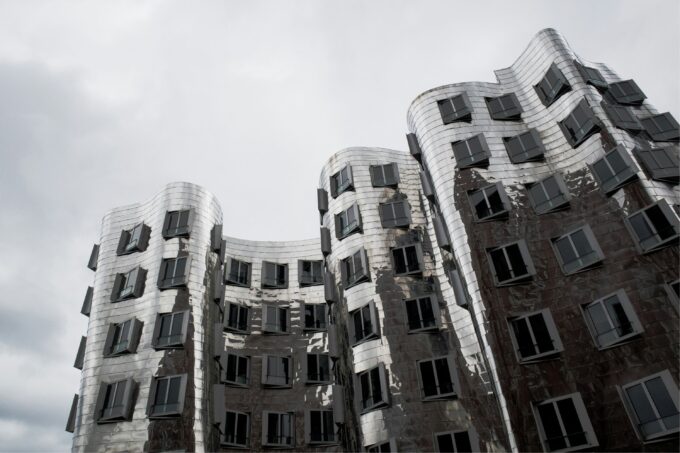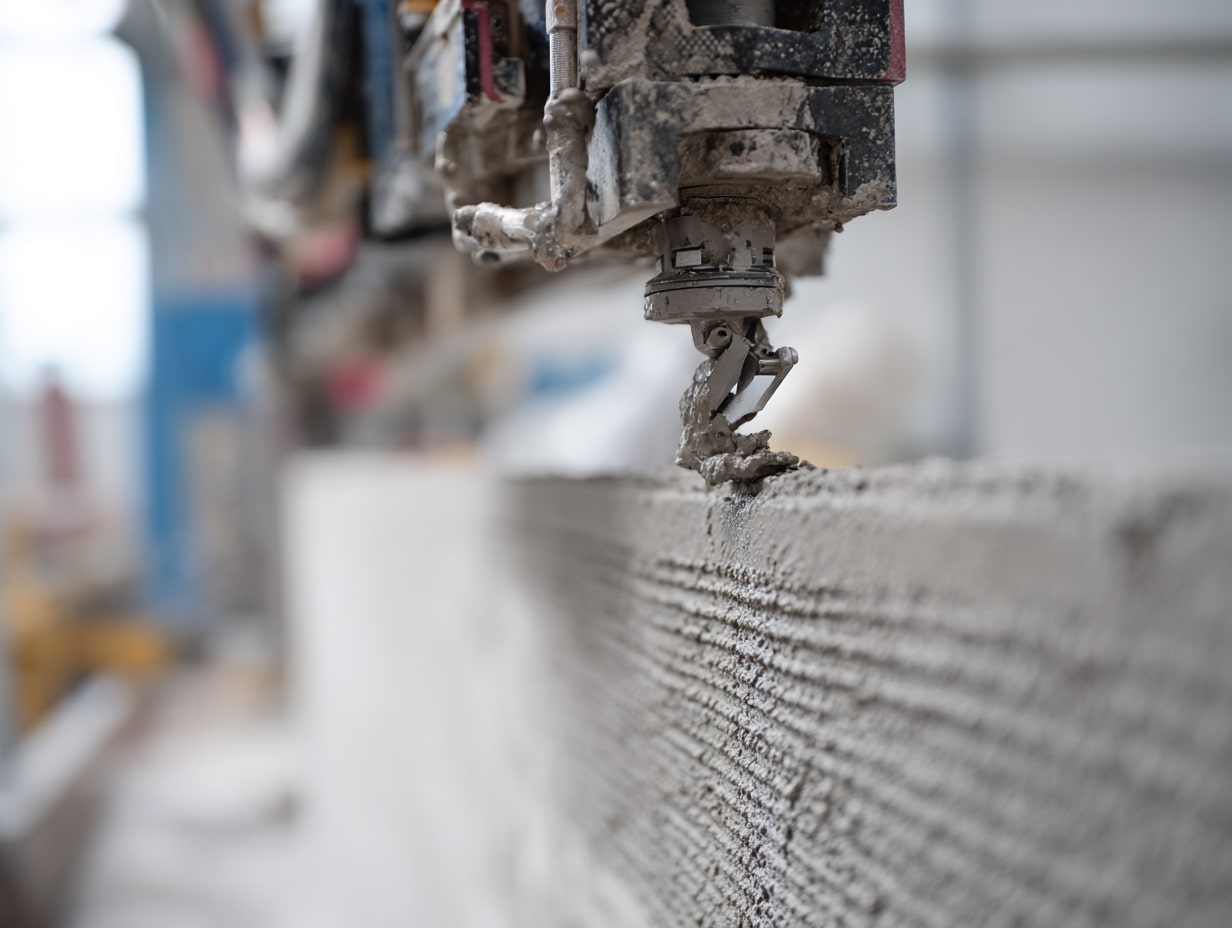- Home
- Articles
- Architectural Portfolio
- Architectral Presentation
- Inspirational Stories
- Architecture News
- Visualization
- BIM Industry
- Facade Design
- Parametric Design
- Career
- Landscape Architecture
- Construction
- Artificial Intelligence
- Sketching
- Design Softwares
- Diagrams
- Writing
- Architectural Tips
- Sustainability
- Courses
- Concept
- Technology
- History & Heritage
- Future of Architecture
- Guides & How-To
- Art & Culture
- Projects
- Interior Design
- Competitions
- Jobs
- Store
- Tools
- More
- Home
- Articles
- Architectural Portfolio
- Architectral Presentation
- Inspirational Stories
- Architecture News
- Visualization
- BIM Industry
- Facade Design
- Parametric Design
- Career
- Landscape Architecture
- Construction
- Artificial Intelligence
- Sketching
- Design Softwares
- Diagrams
- Writing
- Architectural Tips
- Sustainability
- Courses
- Concept
- Technology
- History & Heritage
- Future of Architecture
- Guides & How-To
- Art & Culture
- Projects
- Interior Design
- Competitions
- Jobs
- Store
- Tools
- More

Preserving the past while building for the future is a critical challenge for architects, designers, and conservationists. The question of how to balance heritage conservation with contemporary design is one that requires careful consideration and thoughtful planning. Heritage conservation aims to preserve cultural and historical significance, while contemporary design seeks to innovate and create new forms of architecture that are functional and aesthetically pleasing. In this essay, we will explore the relationship between heritage conservation and contemporary design and discuss how they can be successfully balanced.
Balancing Heritage Conservation with Contemporary Design
Heritage conservation is essential for maintaining a connection to the past and preserving cultural and historical significance. It involves the preservation, restoration, and rehabilitation of buildings, landscapes, and other cultural resources that have significant historical, cultural, or architectural value. Heritage conservation focuses on maintaining the authenticity and integrity of cultural resources, while also ensuring that they remain relevant and accessible to future generations.

Contemporary design, on the other hand, is focused on innovation and creating new forms of architecture that are functional and aesthetically pleasing. Contemporary design is characterized by an emphasis on sustainability, technology, and the use of new materials and construction techniques. It seeks to create buildings that are not only visually appealing but also functional, efficient, and sustainable.
Balancing heritage conservation with contemporary design requires a careful approach. Architects and designers must consider the historical significance of a building or site and find ways to integrate contemporary design elements while preserving its authenticity and integrity. This can be achieved through a range of design strategies, including adaptive reuse, renovation, and additions.

A contemporary glass and steel addition might be added to a historic courthouse, providing additional space while preserving the original building’s integrity. Additions allow for the creation of new spaces that are functional and aesthetically pleasing while also preserving the historical and cultural significance of the original building.
In summary, balancing heritage conservation with contemporary design is a critical challenge for architects, designers, and conservationists. Heritage conservation aims to preserve cultural and historical significance, while contemporary design seeks to innovate and create new forms of architecture that are functional and aesthetically pleasing. By using adaptive reuse, renovation, and additions, architects and designers can successfully balance heritage conservation with contemporary design, creating buildings and spaces that are both culturally significant and relevant to contemporary needs.

Creating A Relation Between Heritage and Contemporary Design
The role of the architect in creating a relationship between heritage conservation and contemporary design is crucial. Architects are responsible for designing buildings and spaces that are both functional and aesthetically pleasing while also preserving cultural and historical significance. The architect’s role is to find ways to integrate contemporary design elements into historic buildings or sites while preserving their authenticity and integrity.
One of the architect’s primary responsibilities is to conduct thorough research on the historical and cultural significance of the building or site. This research provides a foundation for the design process and helps the architect understand the building’s unique characteristics and value. The architect must also work closely with conservationists and preservationists to ensure that the building’s historical and cultural significance is preserved.

The architect must balance the need for innovation and contemporary design with the need to preserve the building’s historical and cultural significance. This requires creativity and a deep understanding of architectural history and theory. The architect must find ways to integrate contemporary design elements while respecting the building’s historical context.
Another critical role of the architect is to communicate with the building’s stakeholders, including the community, government agencies, and property owners. The architect must engage in open and honest communication to ensure that all stakeholders’ needs and concerns are addressed.

We can say that the architect must ensure that the design process is collaborative and inclusive as a last word. The architect must work with other professionals, including engineers, contractors, and preservationists, to ensure that the project’s goals are achieved.

Submit your architectural projects
Follow these steps for submission your project. Submission FormLatest Posts
How to Furnish Your New Home in 24 Hours (Without Picking Up a Screwdriver)
The keys have been handed over. The lease is signed. You are...
3D Printed Homes: Time, Cost, and What to Expect
3D printed homes explained: realistic timelines (24–72h walls, 8–16 weeks total), true...
How a Contact Centre Boosts Trust in Your Building Business
In construction, trust is the glue that holds projects together. Clients need...
How Real Time Parcel Geolocation Is Redefining Last Mile Efficiency for Modern Businesses
Last mile delivery has become the most critical point in the customer...












Leave a comment